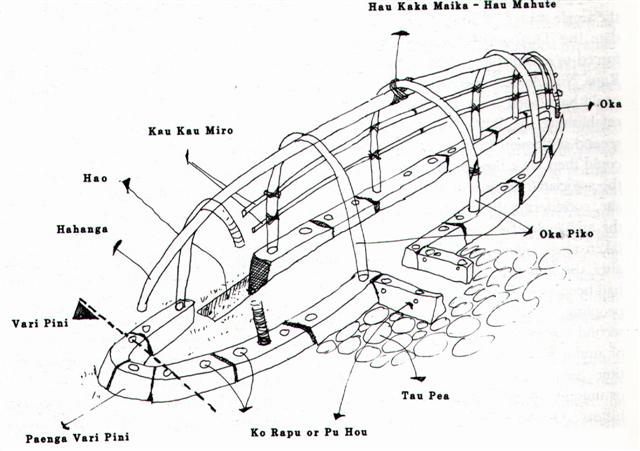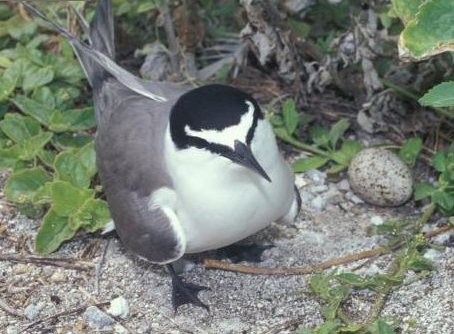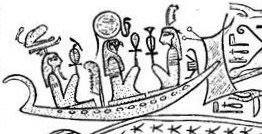4. Maybe the 'early bird' kara etahi refers to manu tara, the bird which arrives in spring to Easter Island and who was regarded as the Sign for the arrival of a new year:
The side wall of a house (tara) sounds like the time of equinox, where the curvature of the Sun path is at its maximum. From the entrance, maybe at winter solstice, there are 8 holes to Paenga Vari Pini:
The pointed beak of my manu etahi example is like a thorn (tara) and a pointed beak is one of the characteristics of the sea swallow (manu tara):
I cannot but wonder if not the star Spica (the name of which means 'pointed') should be added to our list of star 'rungs' in the 'sky ladder':
No, it does not belong in the sky ladder (as I have defined it), because although it has a negative declination and is positioned between Rigel and Sirius - which appear at zenith very early in the year - Spica arrives much later and at a time when its declination should have been about twice as high in order for Spica to belong as a rung in the ladder. But as a pilot bird in the 'night' (winter) looking ahead for the beginning of summer (which the heliacal rising of Antares determines) it is not a bad sign. Spica arrives 16h 26m - 13h 23m = 3h 03m or ca 1½ month before Antares. Spica is an early bird, and with his pointed beak he can make a hole in the dark cloth of winter, cfr the pointed prow of the spring ship of Pharaoh (Sun):
8 holes - drawn like signs for periods - from the entrance of the hare paega to the curve at Paenga Vari Pini could refer to the time to Rehua (Antares), because with its zenith passage at 16h 26m it will have moved ca 16 / 24 * 12 = 8 months in a cycle with 12 months. With 00h 00m at autumn equinox south of the equator, i.e. in March, Antares will reach zenith approximately 8 months later, late in November. But Antares will rise heliacally ca 3 months earlier, in August (the 8th of our months). The 'ditch' (hao) is where the 12th month would have been.
In the 6th month Ko Koró new houses will be occupied, that we know from the myth about Ure Honu and from the work of Barthel. Cosmos demands order and therefore we can conclude that the hare paega houses - which illustrate the night half of the sky dome - must correspond to the 'overturned canoe' into which Spring Sun crawls at the end of his 'single wing' year. The entrance to a hare paega will therefore correspond to the time of summer solstice and the hao trench to winter solstice. The holes in the paega stones should represent the periods of Moon, and Waxing Moon is described by 11 + 2 = 13 holes (we ought to count also the holes at the entrance). Waning Moon will then have 19 + 2 = 21 holes. If we count also the entrance as a hole the total number will be 13 + 21 + 1 = 35 (= 420 / 12). And if we add the hao hole in the ground the total will be 36. 29.5 * 36 = 1062 = 2 * 531. These numbers are in harmony with what can be found in the rongorongo texts. |


